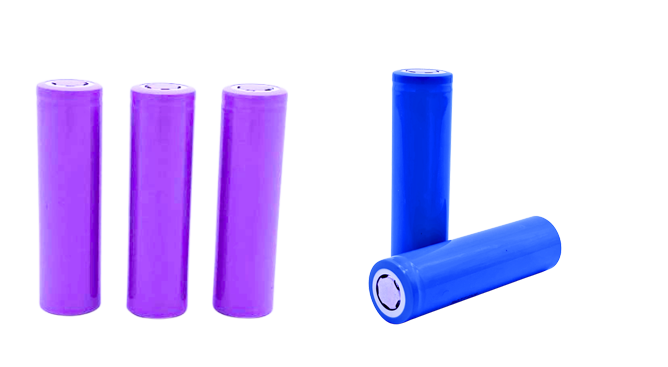The 18650 lithium battery pack process determines the lifespan of the battery pack.
The manufacturing process of lithium-ion batteries includes: positive and negative electrode ingredients, coating, pressing, winding, packaging, liquid injection, sealing, molding, etc. In the battery production process, every step of the process is very strict. If any process is not well controlled, it may affect the cycling performance of the battery.
18650 lithium-ion battery is one of the most common cylindrical lithium battery models, widely used in electric vehicles, digital home appliances, outdoor energy storage and other fields. In the production process of 18650 lithium-ion batteries, due to different production processes, different brands of 18650 lithium-ion batteries have a unique characteristic of one byte, and the manufacturing process of 18650 lithium-ion batteries has a significant impact on their lifespan.

In terms of composition, attention should be paid to the addition of positive and negative materials. Generally speaking, in the design and assembly process, it is usually required that the capacity of the negative electrode be too large relative to that of the positive electrode. If not excessive, lithium will precipitate from the negative electrode during the charging process, forming lithium crystals, which will affect safety. If there are too many negative electrodes relative to the positive electrode, the positive electrode may experience excessive lithium stripping, leading to structural collapse.
Electrolyte is also a very important factor in the reversible capacity of batteries. The removal and insertion process of lithium ions in electrode materials is always a process of mutual utilization with the electrolyte, which has a significant impact on the interface conditions and internal structure changes of electrode materials. The electrolyte will be consumed during the interaction with the positive and negative electrode materials, and a portion of the electrolyte will be consumed during the formation of SEI film and pre charging of the battery. Therefore, the type of electrolyte and the amount of injected liquid will also affect the battery life.
In the process of mixing positive and negative electrodes, attention should be paid to the amount of binder, mixing speed, slurry concentration, temperature, and humidity to ensure that the material can be evenly dispersed.
During the coating process, while ensuring the high specific energy of the battery, it is beneficial to control the coating amount of positive (negative) electrodes reasonably and reduce the electrode thickness appropriately to reduce the degradation rate of the battery. The coated polarizer should be further compacted by a roller press. Appropriate positive electrode compaction density can increase the discharge capacity of the battery, reduce internal resistance, decrease polarization loss, and prolong the cycle life of the battery.
When winding, the wound battery should be tight and not loose. The tighter the diaphragm and positive and negative electrodes are wound, the lower the internal resistance. However, when the diaphragm is wound too tightly, it will make it difficult for the electrodes and diaphragm to wet, resulting in a smaller discharge capacity; Loose windings can cause excessive expansion of pole pieces during charging and discharging, increasing internal resistance, reducing capacity, and shortening cycle life.


